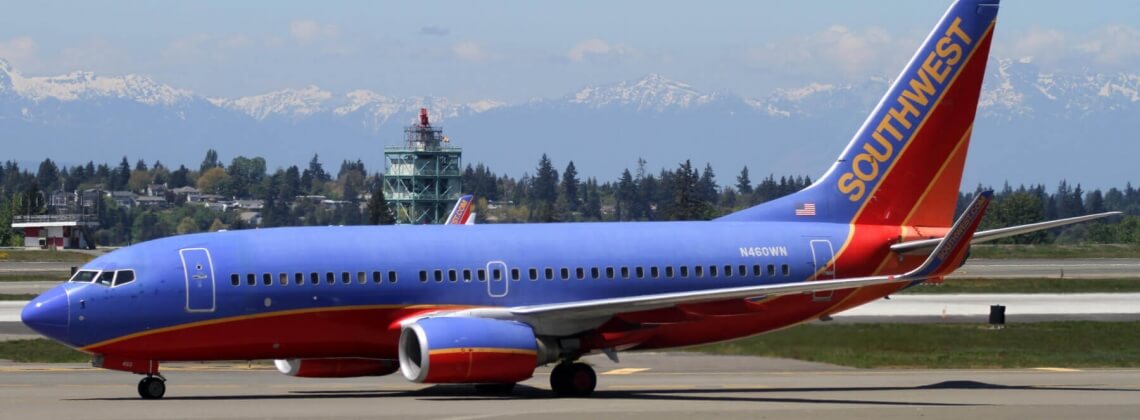Southwest fatal accident related to missing engine fan blade?

More details about Southwest Airlines flight 1380 engine accident on April 17, 2018 are emerging. Following the news of a passenger death, it now appears that the cause of the accident might be connected to metal fatigue and a missing fanblade of the engine.
The flight was en route from New York LaGuardia (LGA) to Dallas Love Field (DAL), but made an emergency landing at Philadelphia International Airport (PHL) on April 17, 2018, as the airline’s Boeing 737-700 suffered damage mid-flight.
The most probable cause of the accident currently indicates engine failure. Debris of the engine damaged the fuselage of the aircraft and cracked a window, fatally injuring one passenger and wounding seven others, as the New York Times accounts.
The United States National Transportation Safety Board (NTSB) is conducting an investigation. During a press conference on April 17, 2018, NTSB Chairman Robert Sumwalt stated that the engine failure incurred approximately 20 minutes into the flight.
The flight crew initially reported engine fire, but later clarified that there was no fire, stating instead that the engine was missing parts and the aircraft was operating with a single engine. The NTSB chairman added, that Southwest engine cowling was later on discovered about 70 miles northwest of Philadelphia.
During the preliminary exam at the accident scene, the investigative team discovered that one of the engine’s fan blades – the Nr.13 – is missing. Evidence of metal fatigue was found at a place where the blade separated, Sumwalt confirmed.
NTSB investigators on scene examining damage to the engine of the Southwest Airlines plane. pic.twitter.com/2dyDzOW8pT
— NTSB_Newsroom (@NTSB_Newsroom) April 18, 2018
The full investigation of the accident will take approximately twelve to 15 months to complete.
Manufacture’s reaction
In response to the accident, Boeing released a brief statement saying:
“Boeing extends its deepest condolences to the family of the passenger who passed away as a result of today’s incident on SWA Flight 1380. Our thoughts are with all of the passengers and crew who were on board the flight and with the entire Southwest Airlines family. A Boeing technical team is providing assistance at the request and under the direction of the U.S. National Transportation Safety Board as the agency conducts its investigation”.
The faulty engine was made by CFM. The company also issued a statement, confirming that the engine powering Southwest Boeing 737-700 was a CFM56-7B, produced by CFM International, a 50/50 joint company of GE and Safran Aircraft Engines of France.
“CFM will support the NTSB and Southwest Airlines in determining the cause of the accident and CFM and its parent companies, GE and Safran, will make every resource necessary available to ensure support,” the statement said.
The company also quoted the ICAO Annex 13 rules, claiming it cannot provide information about the accident or details related to it. However, it did note that CFM technical representatives are sent to the site of the accident to assist the NTSB investigators.
“The CFM56-7B engine powering this aircraft has compiled an outstanding safety and reliability record since entering revenues service in 1997 while powering more than 6,700 aircraft worldwide” was also noted by the engine maker. “The engine has accumulated more than 350 million flight hours as one of the most reliable and popular jet engine in airline history”.
Source – AeroTime

